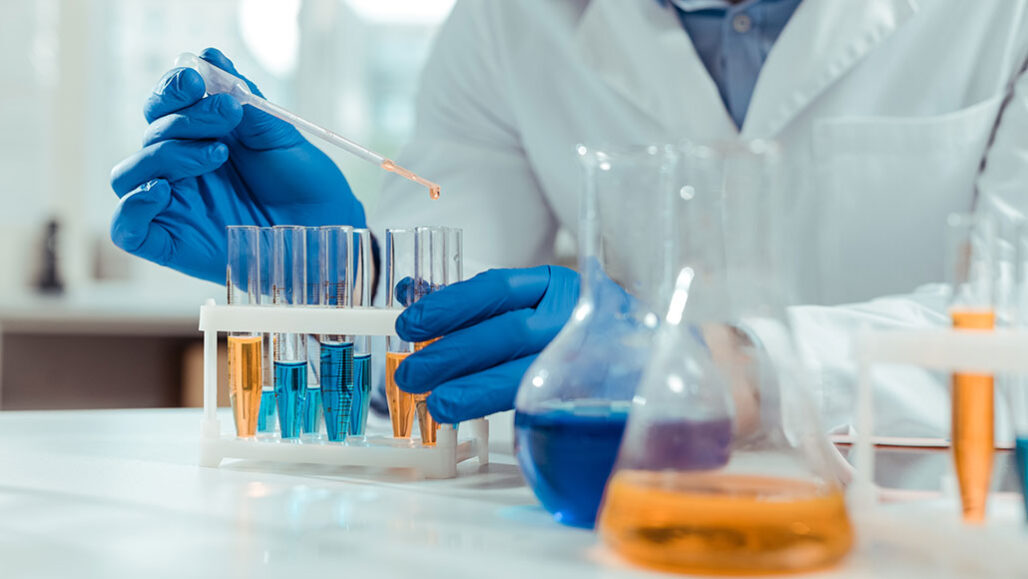In the realm of scientific exploration, chemical and biological processes play pivotal roles in understanding the intricate workings of the natural world. While both processes involve the transformation of matter, they differ significantly in their underlying mechanisms and applications. This article aims to delve into the nuances of these processes, highlighting their disparities, applications, and the impact they have on various industries.
- Fundamental Differences:
Chemical processes primarily involve the interaction and transformation of inanimate matter, whereas biological processes revolve around living organisms and their intricate systems. Chemical processes are governed by the principles of chemistry, focusing on reactions, energy changes, and the manipulation of chemical compounds. On the other hand, biological processes encompass the study of living organisms, their functions, and the intricate biochemical reactions that occur within them. - Mechanisms and Interactions:
Chemical processes rely on the principles of stoichiometry, thermodynamics, and kinetics to understand and manipulate reactions. These processes often involve the use of catalysts, heat, pressure, or specific conditions to drive chemical transformations. In contrast, biological processes are driven by enzymes, proteins, and genetic material, which regulate and facilitate biochemical reactions within cells and organisms. These processes are highly regulated and occur within specific physiological conditions. - Applications in Industries:
Chemical processes find extensive applications in industries such as pharmaceuticals, petrochemicals, materials, and energy production. They are utilized to synthesize drugs, develop new materials, refine petroleum products, and generate energy through combustion or electrochemical reactions. Biological processes, on the other hand, are crucial in the fields of biotechnology, agriculture, medicine, and environmental science. They enable the production of biofuels, the development of genetically modified crops, the creation of vaccines, and the understanding of ecosystems. - Impact on Society and the Environment:
Chemical processes have revolutionized numerous industries, leading to advancements in technology, healthcare, and energy production. However, they also pose environmental challenges, such as the generation of hazardous waste and pollution. In contrast, biological processes offer sustainable solutions, as they often utilize renewable resources, produce fewer harmful byproducts, and have the potential to mitigate environmental issues. Biologically inspired technologies, such as biomimicry, are also emerging as a promising avenue for sustainable innovation.
Conclusion:
In summary, the distinction between chemical and biological processes lies in their underlying mechanisms, applications, and impact on society and the environment. While chemical processes focus on inanimate matter and utilize principles of chemistry, biological processes revolve around living organisms and their intricate biochemical reactions. Understanding these differences is crucial for harnessing their potential in various industries and ensuring sustainable development. By embracing the strengths of both processes, we can pave the way for innovative solutions that benefit society while minimizing environmental impact.


